-
 Employee Engagement
Employee EngagementEmployee Disengagement: Why Employees Drift and How We Can Fix It
-


 Employee Engagement
Employee EngagementEmployee Disengagement: Why Employees Drift and How We Can Fix It
-

 Internal Comms
Internal CommsWhat Is a Communication Gap in the Workplace and How to Bridge Them
-
 Knowledge Management
Knowledge ManagementKnowledge Management Benefits: 9 Ways To Streamline Your Workplace
-
 Intranets
IntranetsTop 12 Best Intranet Software Platforms of 2025
-
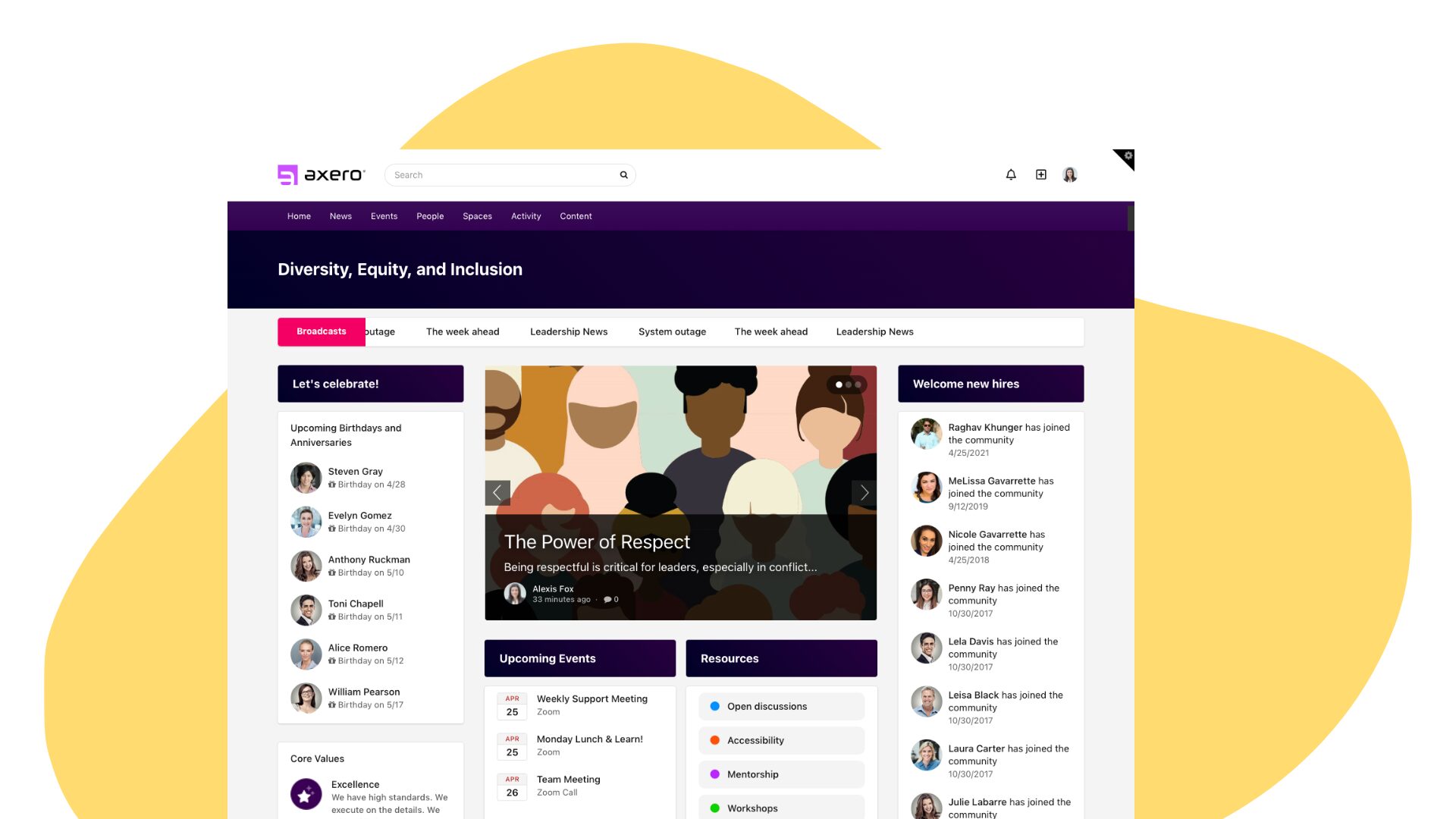 Advice
AdviceDEI Examples: Diversity, Equity, and Inclusion Initiatives in Action
-
 Advice
Advice13 Best HR Conferences to Attend in 2025
-
 Employee Engagement
Employee Engagement70+ Positive Affirmations For Work
-
 Employee Engagement
Employee Engagement20+ Self-appraisal Comments By Employee Example: What You Should Think About for Your Development
-
 Employee Engagement
Employee Engagement7 Intranet Content Ideas That Will Actually Boost Employee Engagement
-
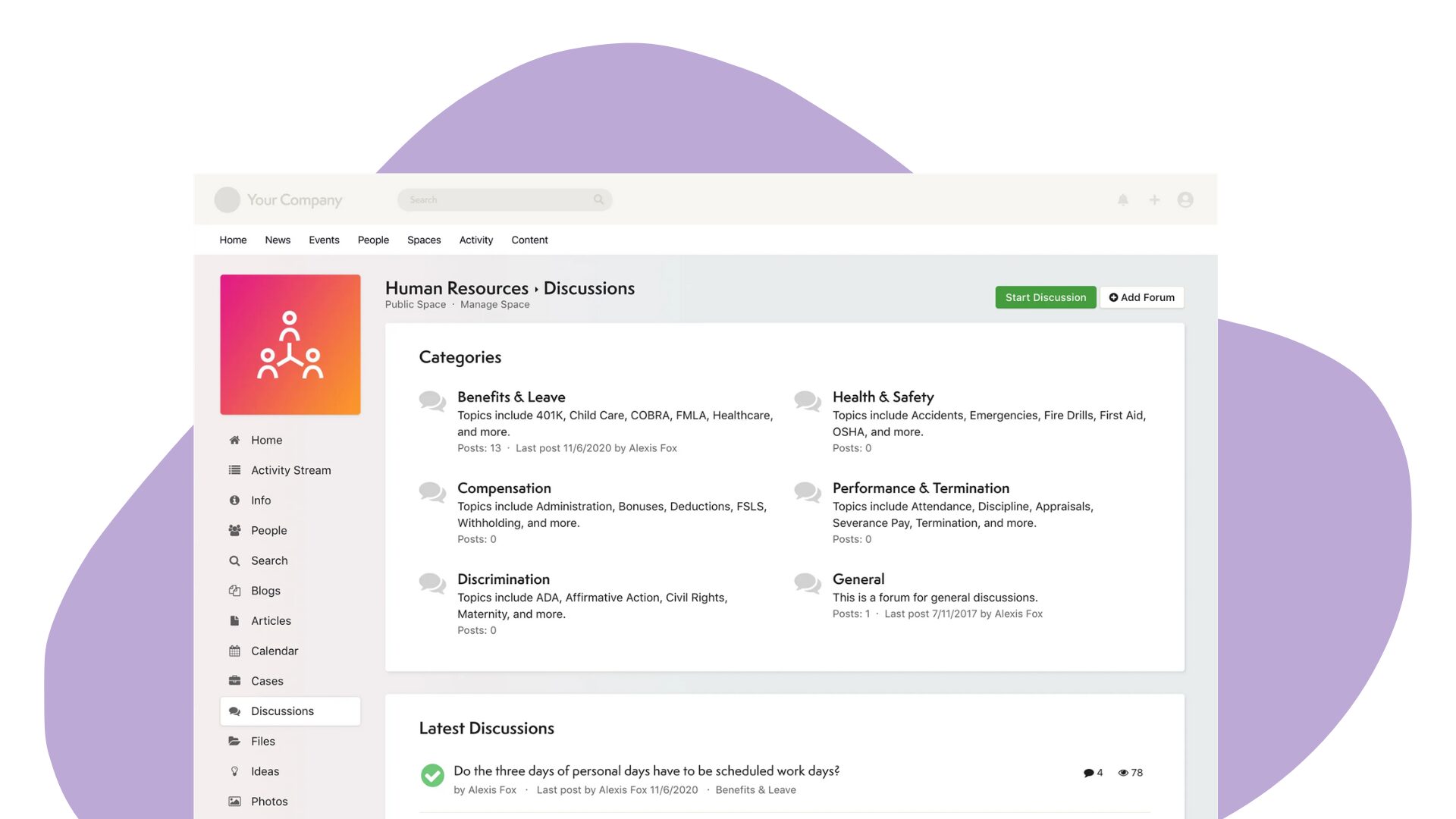 Advice
AdviceHR Full Form & The Ultimate Guide to Human Resources
-
 Knowledge Management
Knowledge Management12 Best Knowledge Management Software in 2025
-
 Employee Engagement
Employee Engagement20 Best Employee Experience Software for Companies in 2025
-
 Employee Engagement
Employee Engagement16 Best Company Culture Software in 2025
-
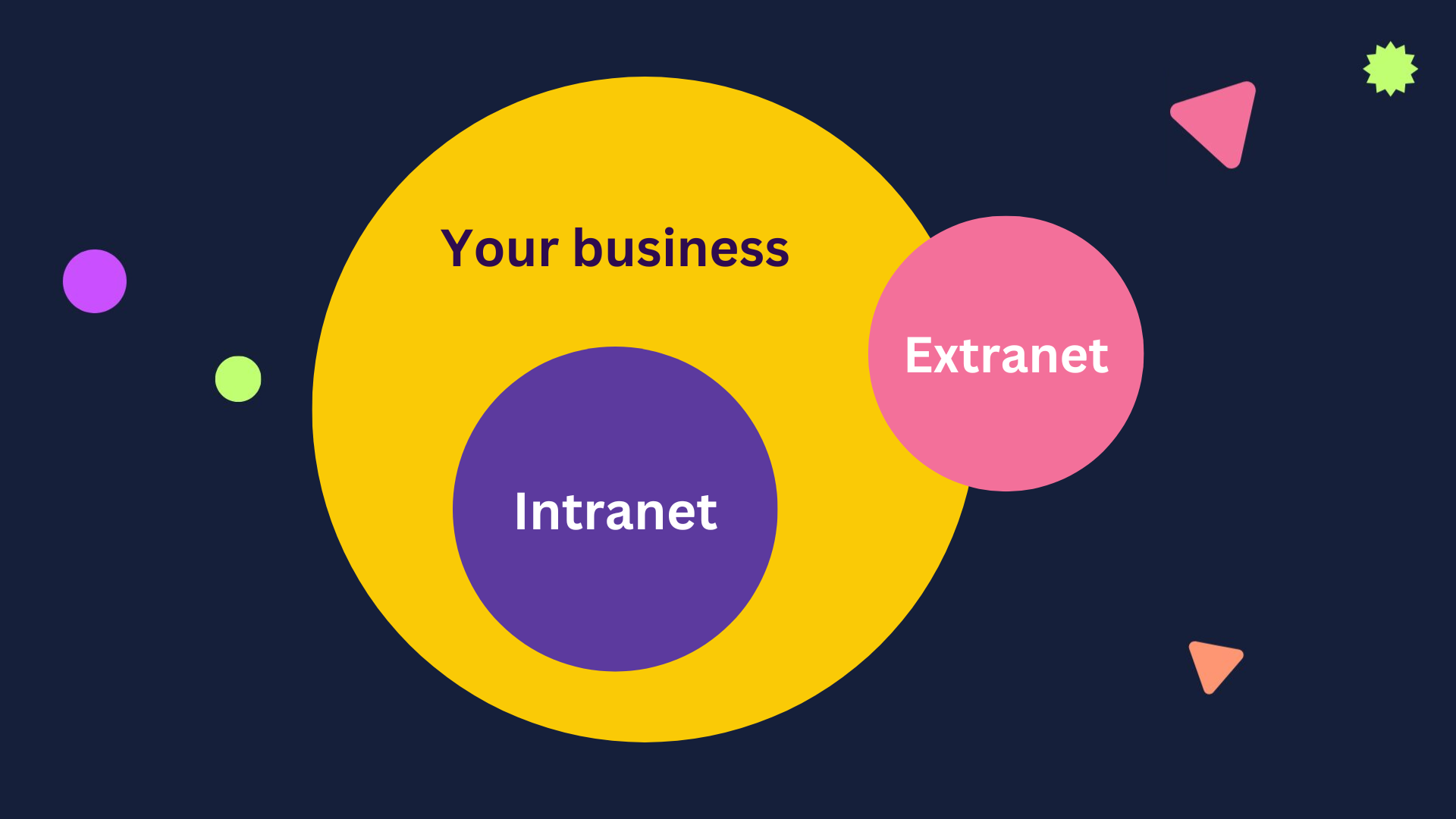 Intranets
IntranetsIntranet VS Extranet: What’s the difference?
-
 Employee Engagement
Employee EngagementEmployee Engagement Strategies: Best Practices for 2025 and Beyond
-
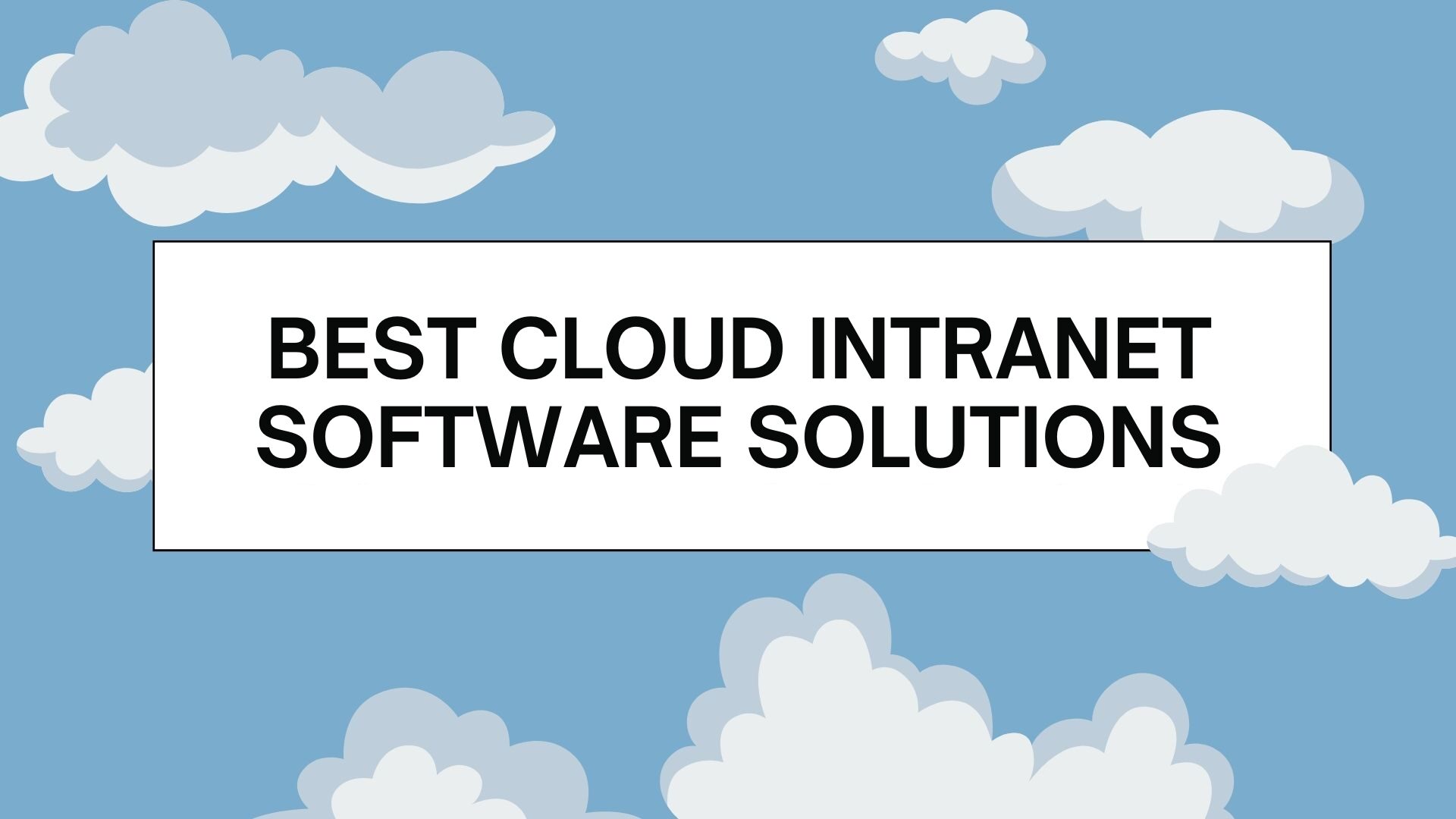 Intranets
Intranets14 Best Cloud Intranet Software Solutions
-
 Internal Comms
Internal Comms13 Best Internal Communication Software for Business in 2025
-
 Knowledge Management
Knowledge ManagementWhat Is a Knowledge Management System and How It Fits Into Your Business
-
 Internal Comms
Internal CommsToo Many Emails at Work? Here’s How to Manage Email Overload
-
 Employee Engagement
Employee EngagementWhat Is Employee Branding? Creating In-House Ambassadors for Your Business
-
 Employee Engagement
Employee EngagementWhat Are Company Values? Why You Need Them, and Examples to Embrace
-
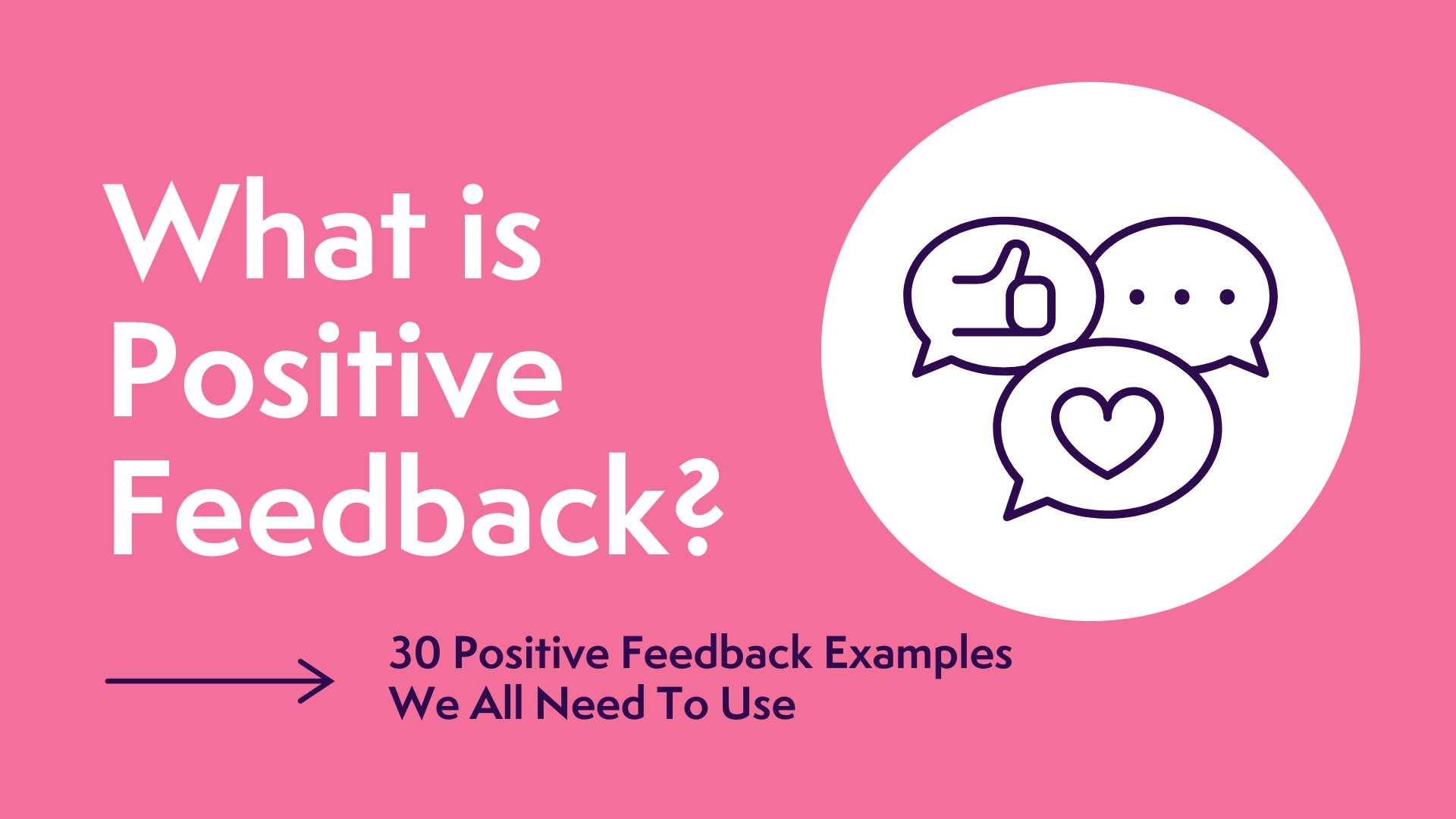 Employee Engagement
Employee EngagementWhat is Positive Feedback? 30 Positive Feedback Examples We All Need To Use
-
 Employee Engagement
Employee EngagementWhat Is Employee Recognition and Why It’s More Than a Job Well Done
-
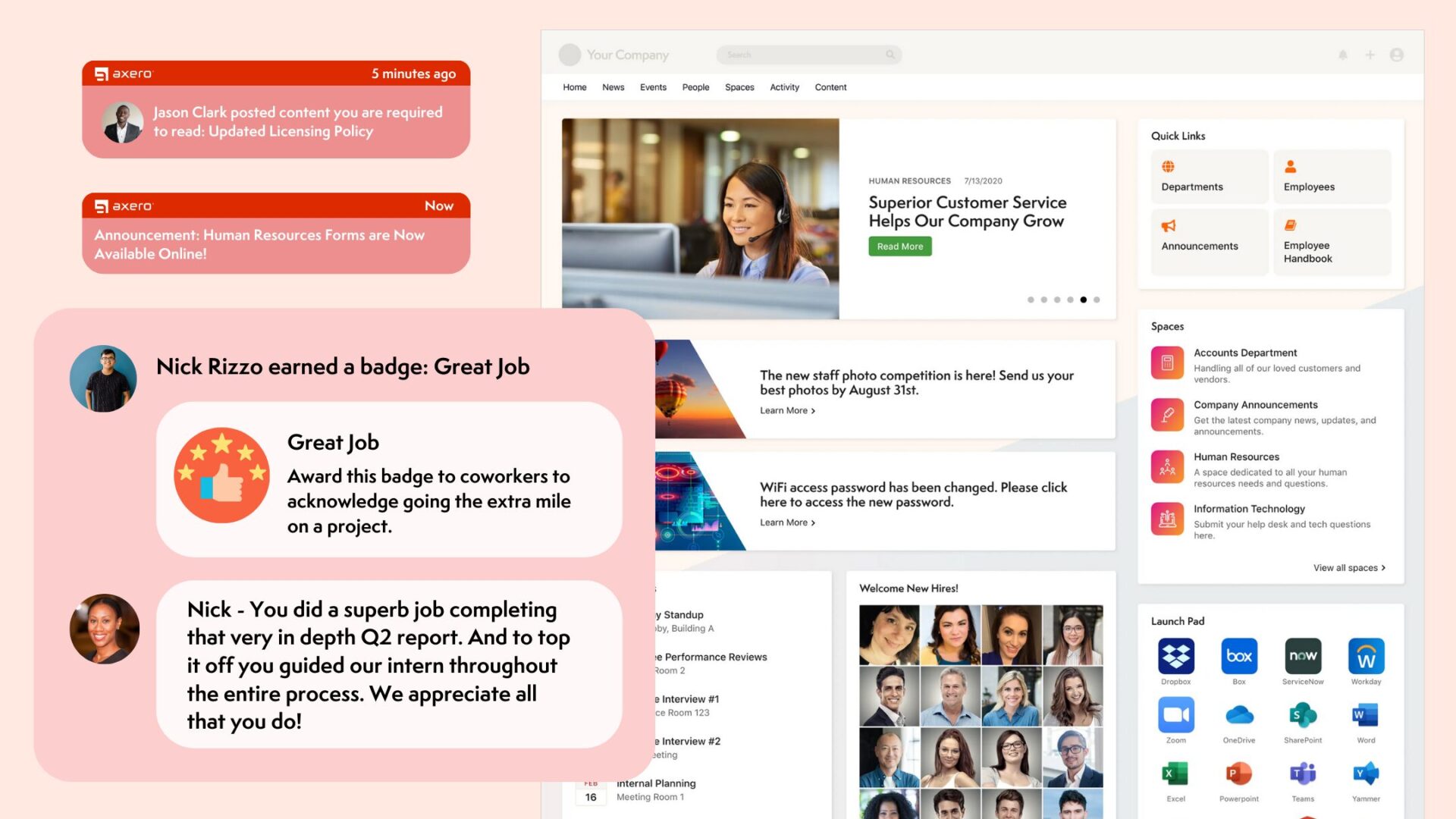 Internal Comms
Internal Comms12 Ways Business Communication Tools Strengthens the Workplace
-
 Employee Engagement
Employee EngagementDestructive Criticism 101: Why Tearing Things Down Never Builds Employees Up
-
 Employee Engagement
Employee EngagementWhat Does Autonomy at Work Really Look Like?
-
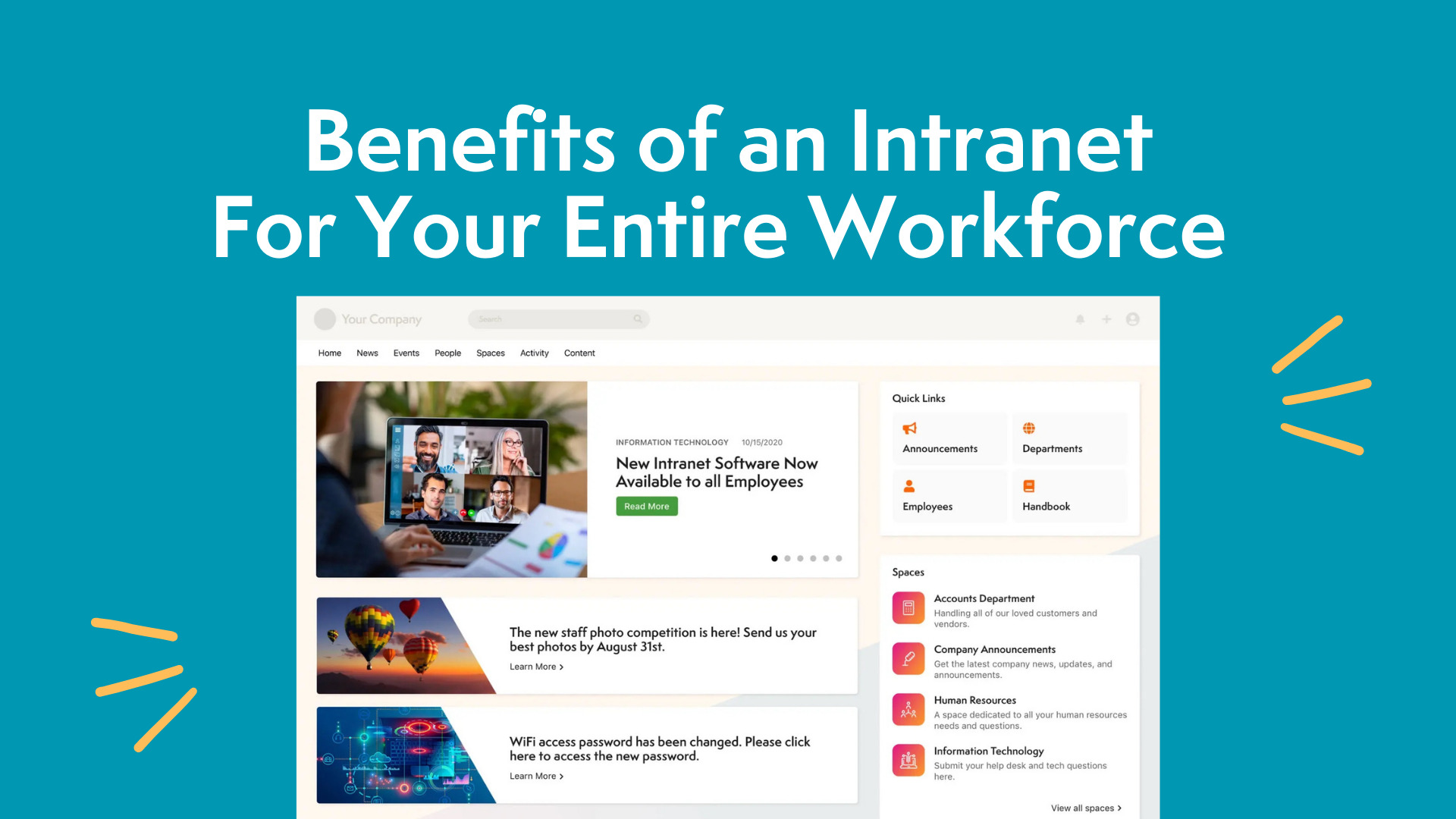 Intranets
Intranets31 Benefits of an Intranet for Your Entire Workforce
-
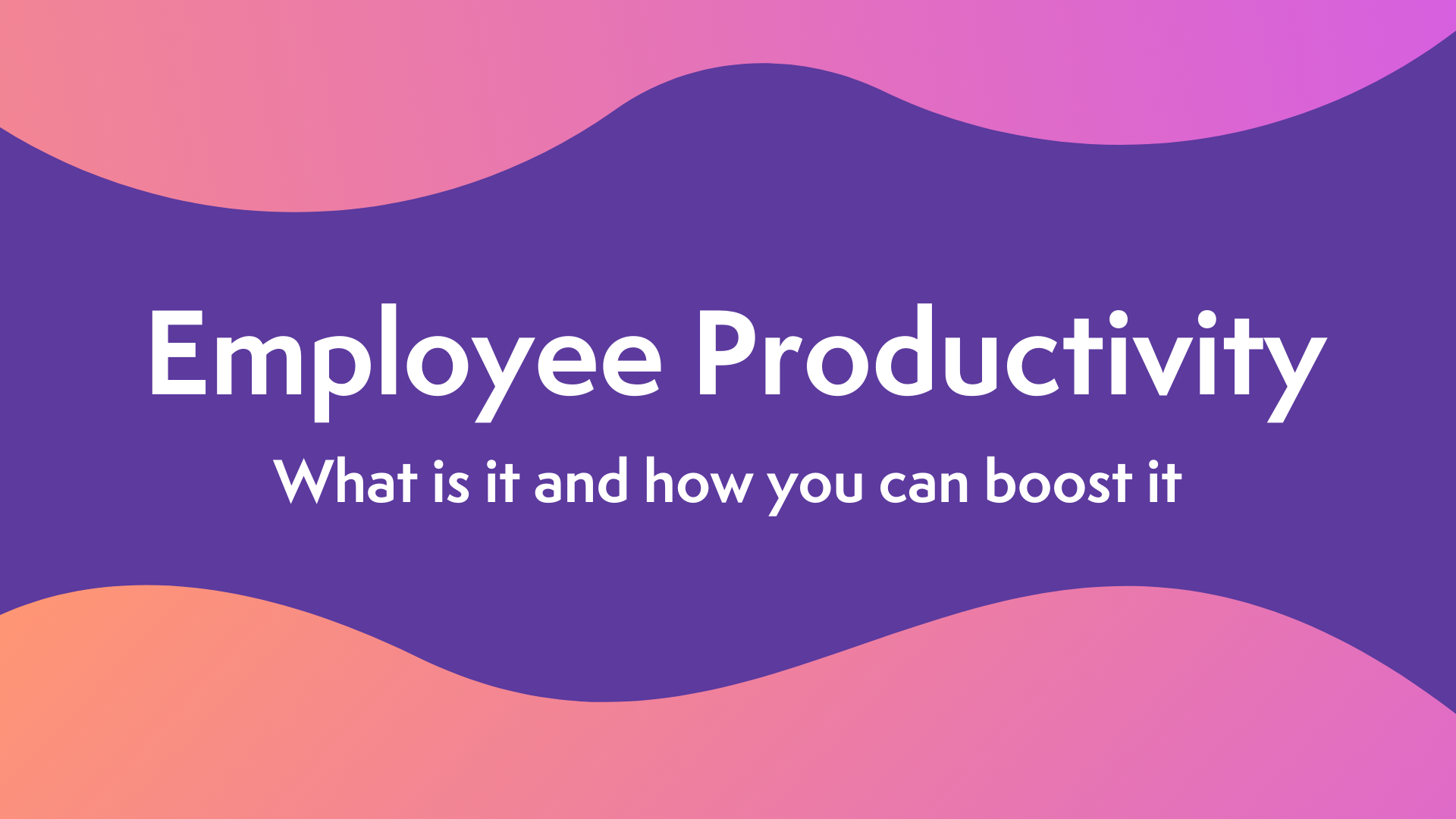 Employee Engagement
Employee EngagementWhat is Employee Productivity and How Can You Boost It?
-
 Employee Engagement
Employee Engagement20+ Employee of the Month Ideas
-
 Intranets
IntranetsHow Can a CMS Employee Intranet Help Your Company?
-
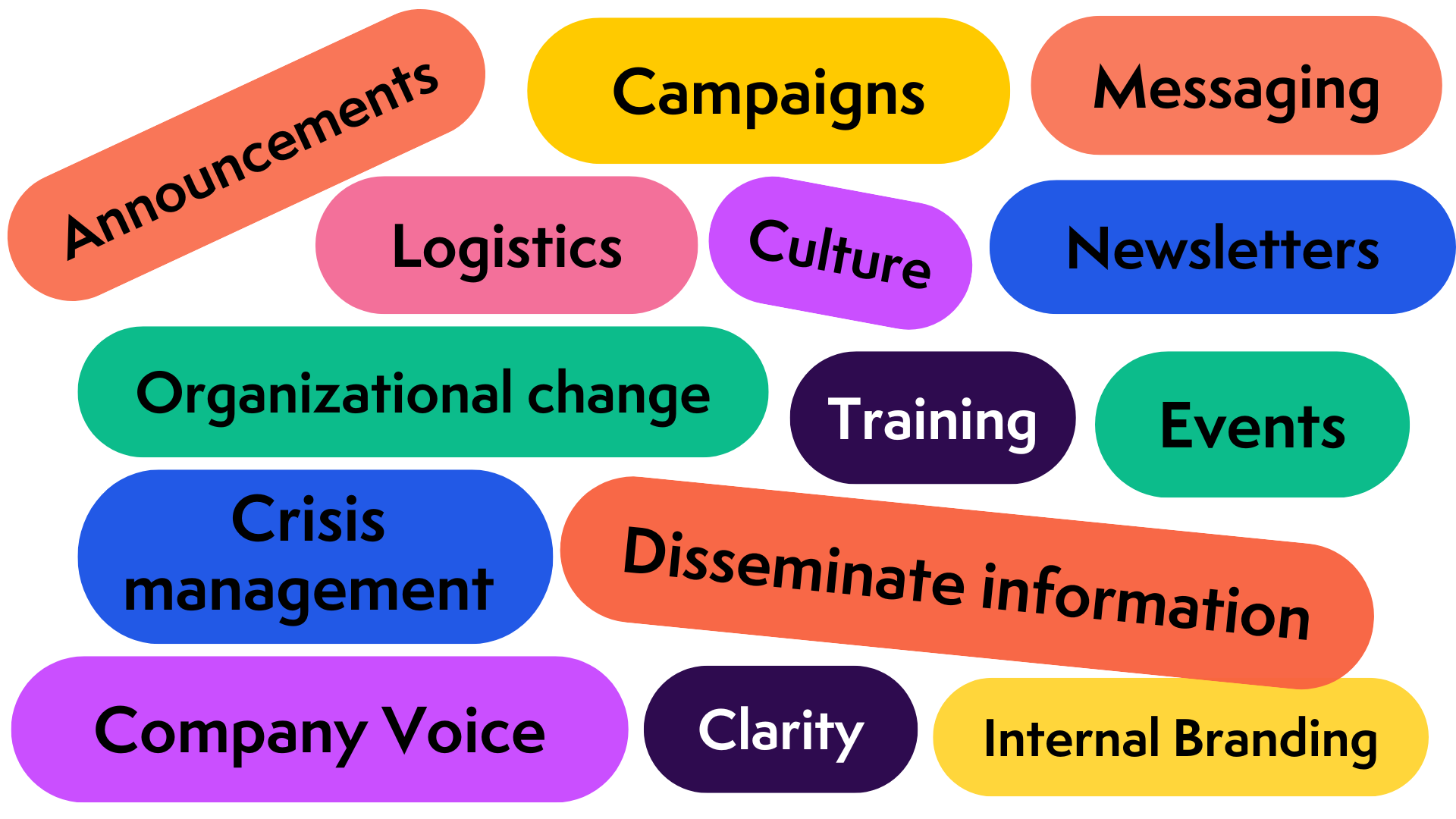 Internal Comms
Internal CommsWhat Internal Communications Is and Can Be In 2025
-
 Knowledge Management
Knowledge ManagementCorporate Wiki vs Knowledge Base: Which Is Better in 2025?
-
 Intranets
IntranetsWhat is a Virtual Workspace? Key Considerations for Hybrid and Remote Teams
-
 Employee Engagement
Employee Engagement30 Best Employee Engagement Tools in 2025
-
 Intranets
IntranetsWhat Is a Digital Workplace?
-
 Internal Comms
Internal CommsCorporate Communications: What Is It and Why Is It Important?
-
 Employee Engagement
Employee EngagementHow Employee Experience Helps You Build a Better Workforce
-
 Employee Engagement
Employee EngagementBad Leadership: How to Spot It, and How to Be Better
-
 Internal Comms
Internal CommsLack of Communication in the Workplace: What It Means and How to Fix It
-
 Collaboration
CollaborationWhat is Enterprise Social Networking?
-
 Intranets
IntranetsHow to Break Down Business Silos
-
 Employee Engagement
Employee Engagement10 Constructive Feedback Examples That We Should All Try to Use More
-
 Intranets
IntranetsIntranet ROI: 10 Tips to Consider When Attempting to Measure It
-
 Employee Engagement
Employee EngagementThe Psychology of Gamification in the Workplace
-
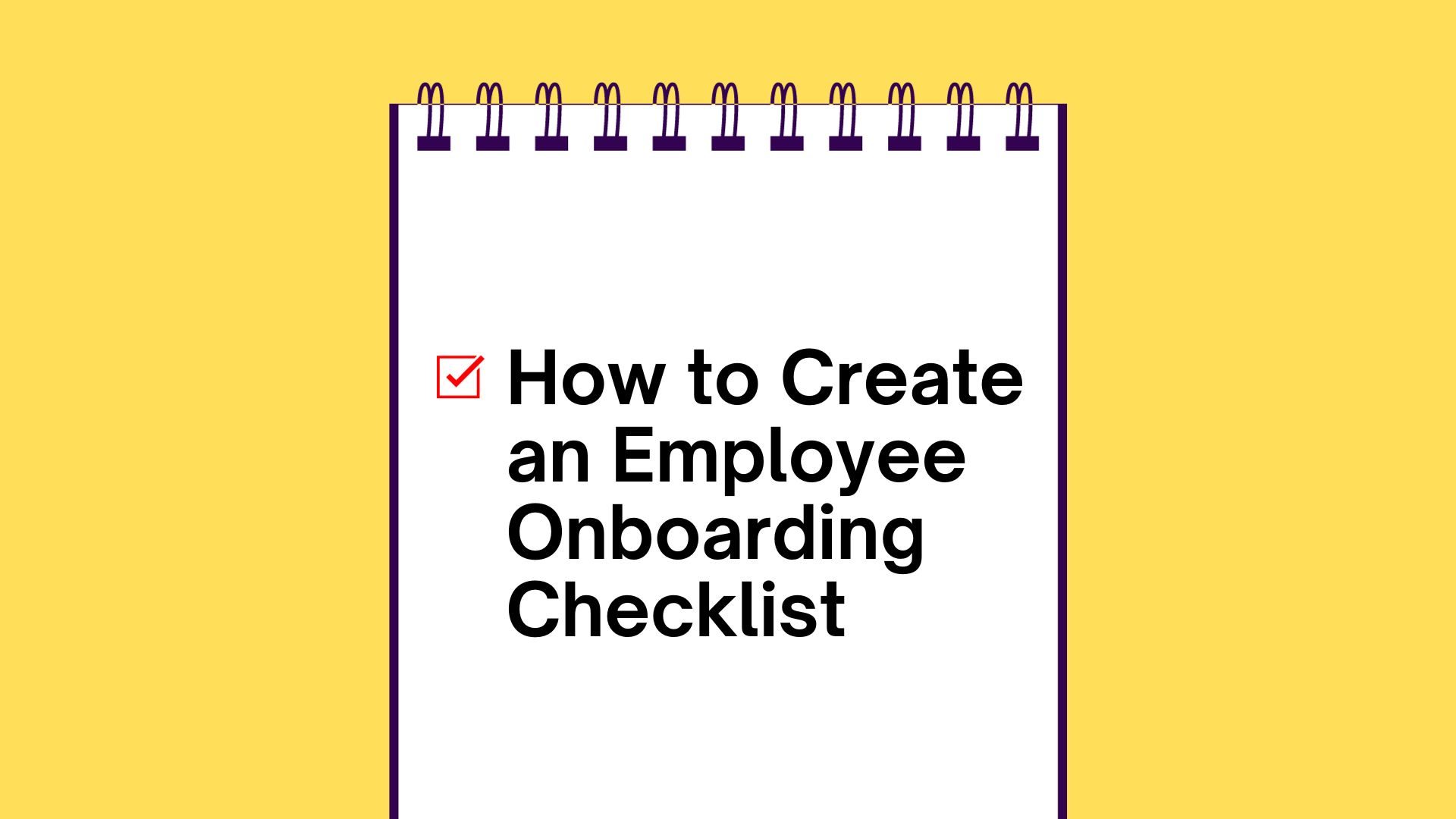 Intranets
IntranetsNew Employee Onboarding Checklist
-
 Intranets
IntranetsIntranet vs Internet: What is the difference?
-
 @Axero
@AxeroAxero Wrapped: 3 Intranet Innovations for 2023
-
 Intranets
IntranetsOn-Premise Intranet Solutions vs Cloud Intranet Software
-
 Employee Engagement
Employee Engagement10 Effective Strategies to Reduce Employee Turnover
-
 Intranets
Intranets10 Signs It’s Time for a Company Intranet Upgrade
-
 Employee Engagement
Employee EngagementWhat Motivates Gen Z in the Workplace
-
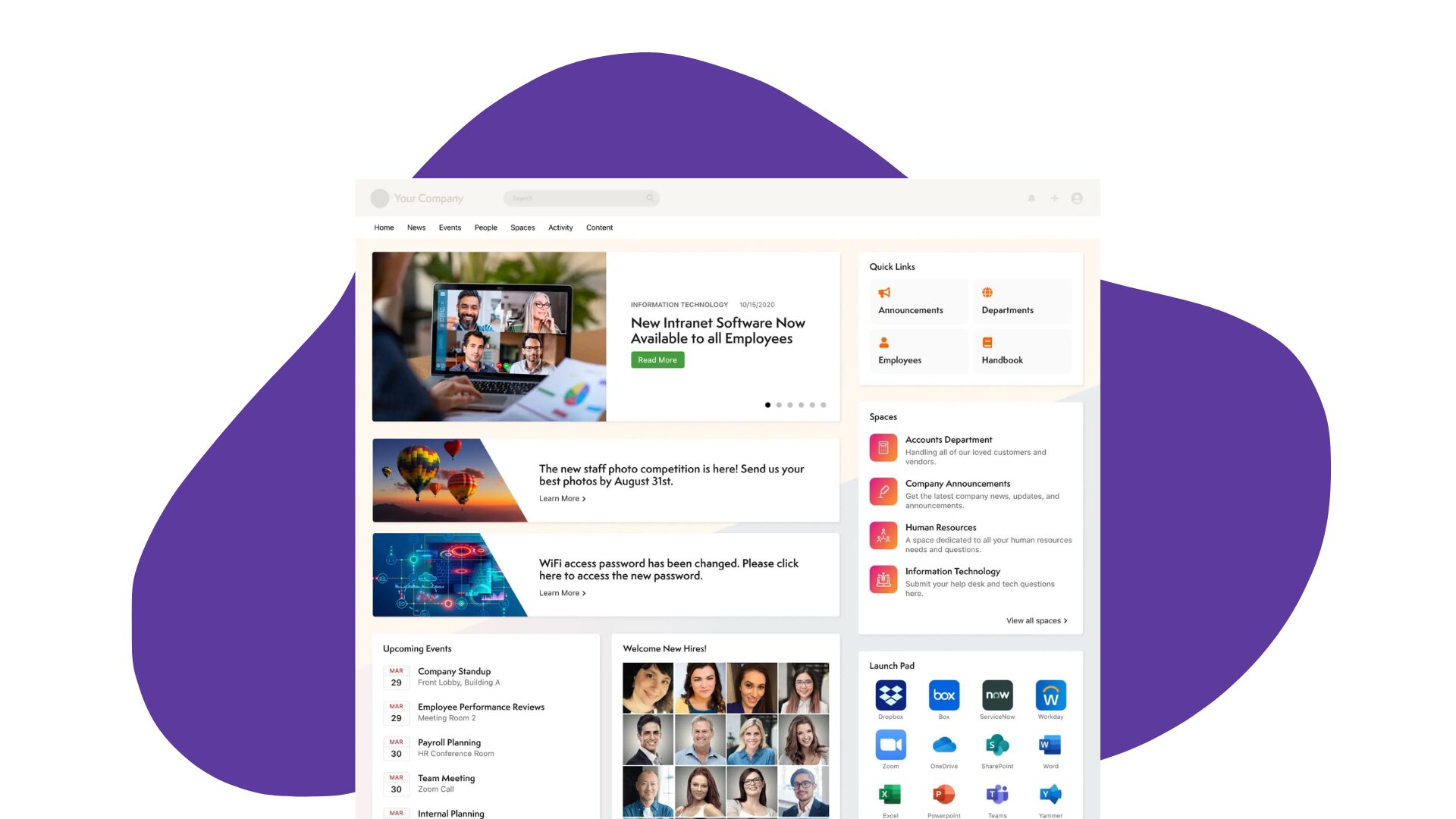 Intranets
Intranets54 Intranet Statistics: How Intranets Solve Workplace Gaps in 2025
-
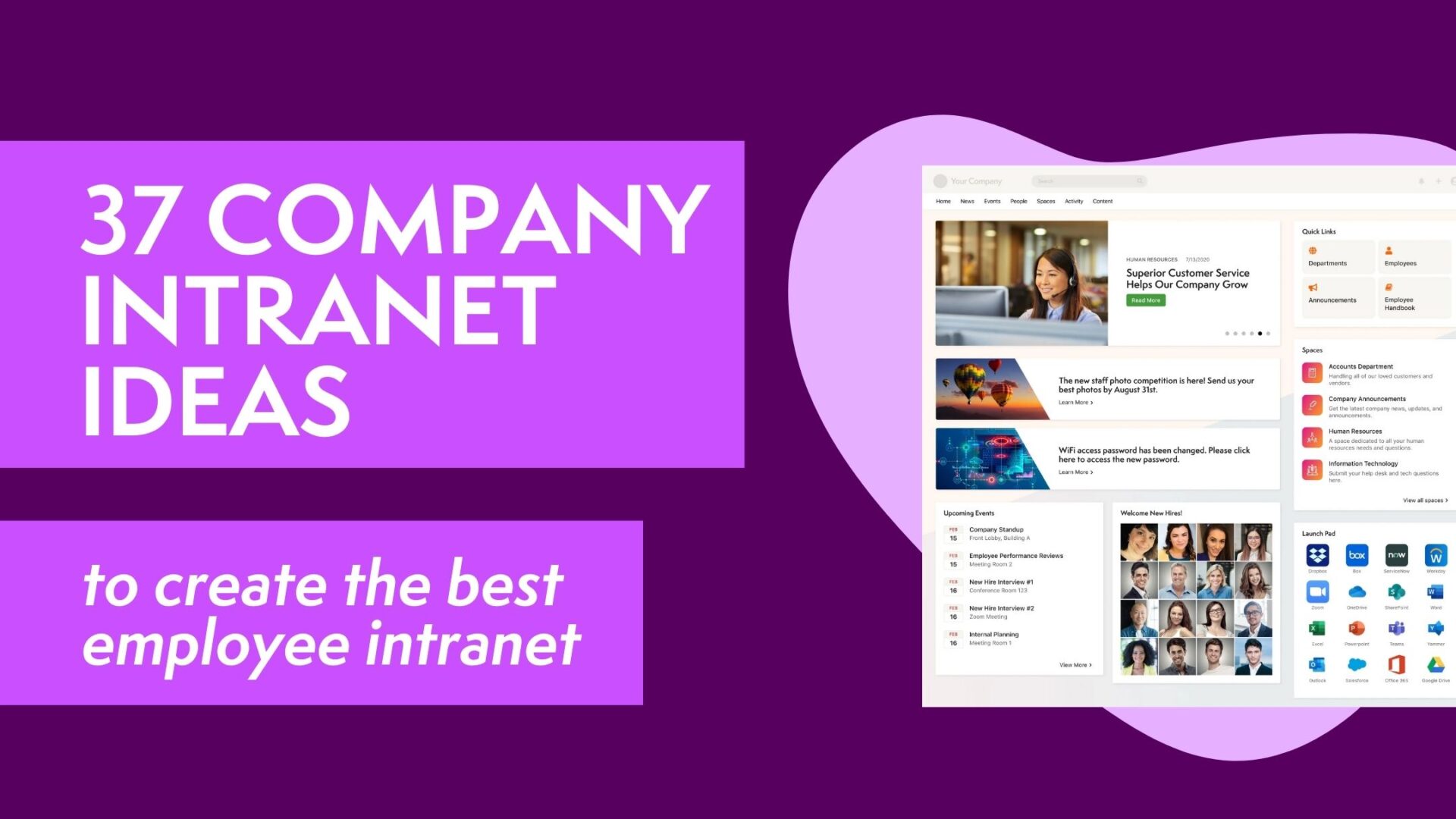 Intranets
Intranets37 Company Intranet Examples to Create the Best Employee Intranet

